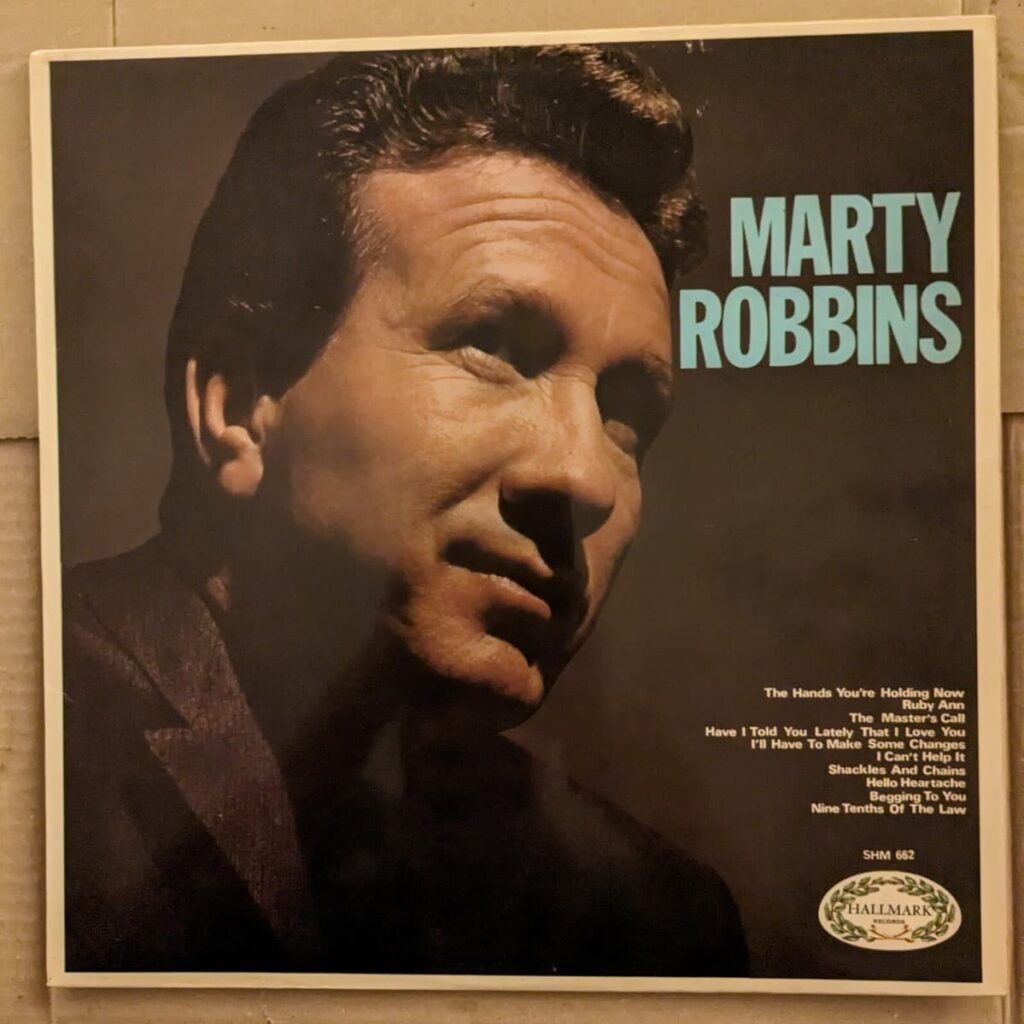
A heartfelt journey through reflection and resilience — “I’ll Have To Make Some Changes” speaks to life’s inevitable turns and the courage to adapt
Within the rich tapestry of Marty Robbins’ illustrious career, “I’ll Have To Make Some Changes” emerges as a deeply contemplative ballad that captures the quiet moments of introspection that often follow life’s unexpected shifts. Released in 1971 as part of the album “The World”, this track reflects Robbins’ enduring ability to blend storytelling with raw emotional truth, illustrating his rare gift for connecting with listeners who have themselves faced the trials of change, uncertainty, and personal growth. While the song did not dominate the mainstream charts as some of his blockbuster hits did, it resonated deeply within the country music community, demonstrating the nuanced side of an artist celebrated for his wide-ranging versatility.
The song opens with a gentle, almost wistful instrumental arrangement, where soft guitar and understated steel guitar notes frame Robbins’ warm, emotive voice. From the first line, there is an unmistakable sense of vulnerability: a recognition that life, for all its beauty, inevitably demands adaptation. Robbins’ performance conveys both melancholy and resolve, a balancing act between sadness at what must be left behind and determination to face what lies ahead. “I’ll Have To Make Some Changes” does not merely recount personal hardship; it speaks to a universal experience — the acceptance that change is both inevitable and necessary for growth.
Behind the recording lies the story of an artist who, despite decades of fame and acclaim, remained attuned to the quiet struggles of everyday life. Robbins’ songwriting on this track demonstrates his commitment to authenticity, choosing narrative intimacy over spectacle. The lyrics explore themes of self-awareness, accountability, and the emotional courage required to navigate shifts in relationships, career paths, or personal values. In doing so, Robbins offers listeners not only a story but also a mirror — a space to reflect on their own moments of transformation and the choices those moments demand.
The arrangement and production further highlight the reflective tone. The understated instrumentation allows the lyrical content to shine, ensuring that the story of resilience and adaptation remains front and center. Soft harmonies underscore Robbins’ vocals, adding depth without overwhelming the intimate mood of the song. Each chord and pause seems deliberate, as if giving space for the listener to breathe, contemplate, and internalize the sentiments expressed.
For audiences who remember Robbins’ golden era, “I’ll Have To Make Some Changes” evokes a particular sense of nostalgia: the quiet evenings spent listening to vinyl, reflecting on life’s complexities, and finding solace in music that speaks directly to the heart. This track stands as a testament to Robbins’ ability to bridge the gap between storyteller and confidant, offering reassurance that moments of difficulty are also opportunities for growth, learning, and renewal.
Ultimately, “I’ll Have To Make Some Changes” embodies a timeless truth: that life’s challenges, however daunting, can be met with thoughtfulness, honesty, and courage. Robbins’ empathetic delivery invites listeners into his inner world while simultaneously reflecting their own experiences, creating a shared space of reflection and emotional resonance. The song’s enduring impact lies not in its commercial performance but in its quiet power to affirm the human capacity for adaptation and hope. It remains a poignant reminder that even amidst uncertainty, one can navigate the currents of change with dignity, introspection, and heart.
This ballad is more than just a song; it is an intimate companion for anyone standing at the crossroads of life, listening closely to the delicate balance between letting go and embracing what comes next. Marty Robbins captures this sentiment with unmatched grace, leaving a legacy of music that continues to offer wisdom, comfort, and a gentle, enduring sense of understanding.